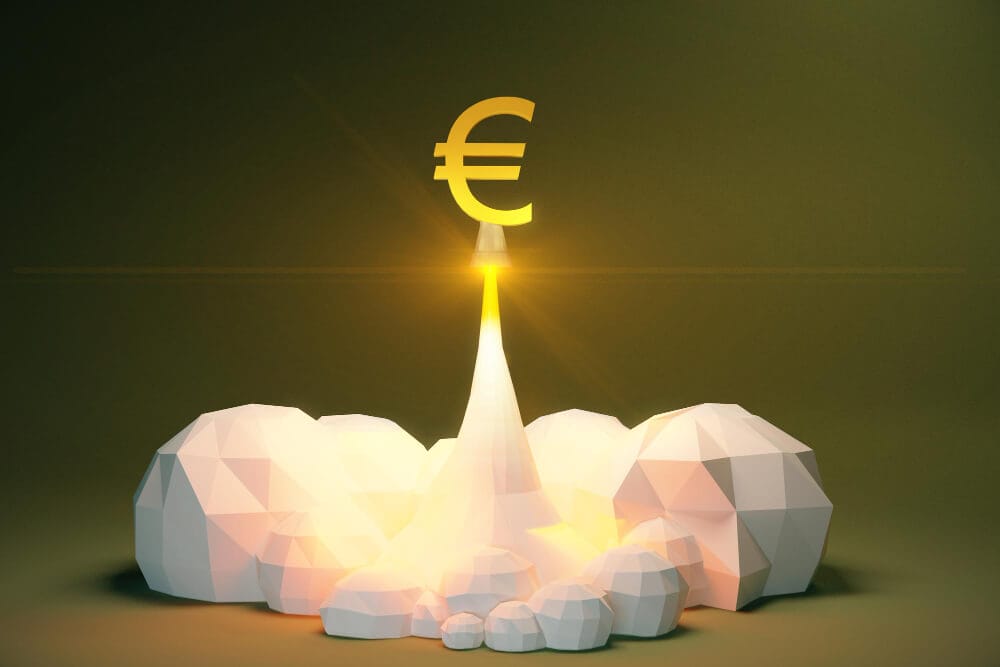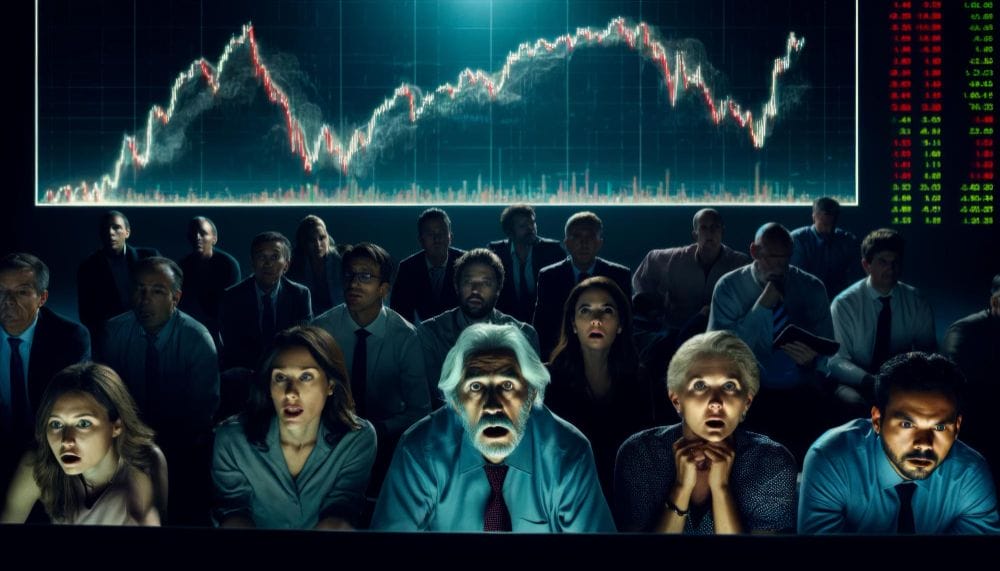The world of forex trading is a labyrinth of terms, strategies, and policies. Among these, “hawkish” and “dovish” policies stand out as pivotal concepts that every trader needs to grasp. These terms, often used by central banks, can significantly influence currency markets and trading strategies. So, let’s dive into the intricate world of hawkish and dovish policies, exploring their meanings, implications, and impacts on forex trading.

What Are Hawkish and Dovish Policies?
Defining Hawkish Policy
A hawkish policy is one that is typically characterized by high interest rates and a focus on controlling inflation. Central banks adopt a hawkish stance when they believe the economy is overheating, and inflation is a threat. The primary tools for enforcing a hawkish policy include raising interest rates and reducing money supply.
Understanding Dovish Policy
On the flip side, a dovish policy is more concerned with stimulating economic growth and reducing unemployment. When a central bank adopts a dovish stance, it often lowers interest rates and increases the money supply to encourage borrowing and spending. This policy is particularly prevalent during economic downturns or periods of slow growth.
The Impact of Hawkish Policies on Forex Trading
Strengthening the Currency
When a central bank adopts a hawkish stance, it usually leads to an appreciation of the national currency. Higher interest rates attract foreign investors looking for better returns on their investments, which increases demand for the currency and drives up its value.
Reduced Spending and Borrowing
However, higher interest rates also mean that borrowing becomes more expensive, leading to reduced spending by consumers and businesses. This can slow down economic growth, but it’s a necessary trade-off to keep inflation in check.
The Influence of Dovish Policies on Forex Markets
Weakening the Currency
A dovish policy typically results in a weaker national currency. Lower interest rates make the currency less attractive to foreign investors, decreasing demand and lowering its value. This can be beneficial for a country’s export sector, as it makes goods and services cheaper for foreign buyers.
Boosting Economic Activity
Lower interest rates encourage borrowing and spending, which can stimulate economic growth. Businesses are more likely to take out loans for expansion, and consumers are more likely to spend on goods and services, boosting overall economic activity.
Central Banks and Their Role in Hawkish and Dovish Policies
The Federal Reserve’s Influence
The Federal Reserve (Fed) is a prime example of a central bank that frequently shifts between hawkish and dovish stances. The Fed’s policies have a significant impact on global forex markets due to the US dollar’s status as the world’s primary reserve currency.
The European Central Bank’s Strategy
The European Central Bank (ECB) also plays a crucial role in determining the strength of the euro. Its policies can swing between hawkish and dovish depending on the economic conditions in the Eurozone, affecting forex traders globally.
Identifying Hawkish and Dovish Signals
Reading Central Bank Statements
Central bank statements are essential for forex traders to understand future policy directions. Phrases indicating concerns about inflation or overheating economies are hawkish signals, while mentions of boosting growth and reducing unemployment are dovish indicators.
Economic Indicators to Watch
Traders should also keep an eye on key economic indicators such as inflation rates, GDP growth, and unemployment rates. These metrics can provide clues about a central bank’s future policy stance and help traders make informed decisions.
Strategies for Trading Hawkish and Dovish Policies
Trading During Hawkish Periods
During hawkish periods, forex traders might focus on buying the national currency, expecting its value to rise. It’s also a good time to short currencies of countries with dovish policies, anticipating a depreciation.
Trading During Dovish Periods
In dovish periods, traders might consider shorting the national currency or investing in assets that benefit from lower interest rates. It’s crucial to stay updated with central bank announcements to adjust trading strategies accordingly.
Case Studies of Hawkish and Dovish Policies
The Fed’s Shift to Hawkishness in 2018
In 2018, the Federal Reserve adopted a hawkish stance due to rising inflation and strong economic growth. The interest rate hikes led to a stronger dollar, impacting global forex markets significantly.
The ECB’s Dovish Approach During the Eurozone Crisis
During the Eurozone crisis, the ECB implemented a dovish policy to stimulate growth and stabilize the economy. Lower interest rates and quantitative easing were key components, leading to a weaker euro but aiding economic recovery.
Common Misconceptions About Hawkish and Dovish Policies
Hawkish Policy Doesn’t Always Mean a Strong Economy
While a hawkish policy can indicate a strong economy, it’s primarily a response to inflation fears. A hawkish stance might slow down growth due to higher borrowing costs.
Dovish Policy Isn’t Always Bad
A dovish policy is not inherently negative. It’s a tool to spur economic activity during downturns. Lower interest rates can revive an economy and lead to long-term benefits.
The Psychological Impact on Forex Traders
Market Sentiment and Trader Behavior
Market sentiment can swing dramatically with hawkish or dovish announcements. Traders need to manage their emotions and stick to their strategies, avoiding impulsive decisions based on short-term news.
Developing a Resilient Trading Mindset
Understanding the rationale behind central bank policies helps traders develop a resilient mindset. By focusing on long-term trends and economic fundamentals, traders can navigate market volatility more effectively.
Tools and Resources for Monitoring Policies
Economic Calendars
Economic calendars are invaluable for forex traders. They provide schedules of central bank meetings, policy announcements, and key economic data releases, helping traders stay informed and prepared.
News Feeds and Analysis Platforms
Subscribing to reliable news feeds and analysis platforms ensures traders receive timely updates and expert insights. These resources can offer in-depth analysis of central bank policies and their potential market impacts.
Conclusion
In the dynamic world of forex trading, understanding hawkish and dovish policies is crucial. These central bank stances can significantly influence currency values and market conditions. By staying informed and developing strategies aligned with these policies, traders can enhance their chances of success. Remember, the forex market is influenced by a myriad of factors, and staying adaptable is key to navigating its complexities.
FAQs
1. What is a hawkish policy in forex trading?
A hawkish policy focuses on controlling inflation through higher interest rates and reduced money supply, often leading to a stronger national currency.
2. How does a dovish policy affect the currency market?
A dovish policy lowers interest rates and increases money supply to stimulate economic growth, usually resulting in a weaker national currency.
3. How can traders identify hawkish and dovish signals?
Traders can identify signals through central bank statements and economic indicators like inflation rates, GDP growth, and unemployment rates.
4. What strategies work best during hawkish periods?
During hawkish periods, buying the national currency and shorting currencies of countries with dovish policies are effective strategies.
5. Why is it important for traders to understand hawkish and dovish policies?
Understanding these policies helps traders anticipate market movements, make informed decisions, and develop robust trading strategies.





